Story by Paul Wilson
Photos by Jonathan Sharp
I just returned from watching the Brighton Run for the second time as a spectator. It’s a feel-good event that’s got much wider appeal than the races and car shows I often go to. It’s not competitive: there’s no prize for arriving first (in fact you’re told not to go too fast), the simple cars and fancier ones get equal appreciation from the crowds of cheering fans. Thousands of them line the 60-mile route, smiling and waving at the cars as they go by. I didn’t see a single participant who didn’t look delighted by the experience–though I have to say, this year it was sunny and pleasant, which is unusual in November in England.
The first time I went in 2009, I got a ticket in a spectator bus that accompanies the cars. The open-top bus was sold out, a lucky thing for me because that year had the worst rainstorm in history, and the upper level was enclosed, so I stayed dry and had a good view. Seeing the cars navigate London traffic, drive along the same roads as other cars, showed me what a challenge the Brighton Run was. The veterans typically have a top speed of 25 mph and feeble brakes, and modern road systems aren’t designed for this. So drivers have to anticipate conditions way ahead. The other thing I saw was the spectator participation, all along the route. It was cold and rainy, but clumps of spectators were on every corner, waving and cheering. It was unbelievable–a sixty-mile victory lap.
On that trip, a few friends participated in the Run, in a weird three-wheeler. They made it to Brighton, and we gathered for some hot soup–badly needed–provided on the Brighton seafront by the organizers. My friends invited me to the RAC dinner at the fancy hotel. Black tie was the recommended garb; the best I could do was a blue blazer. I was relieved when they let me past the door. It was one of those occasions the Brits do so well–witty speeches, good food, a glass of port–and I had such fun laughing with my friends that I can’t be at all “tour guide objective” about the experience. Sharing the event with friends is the very best way, if you can do it.
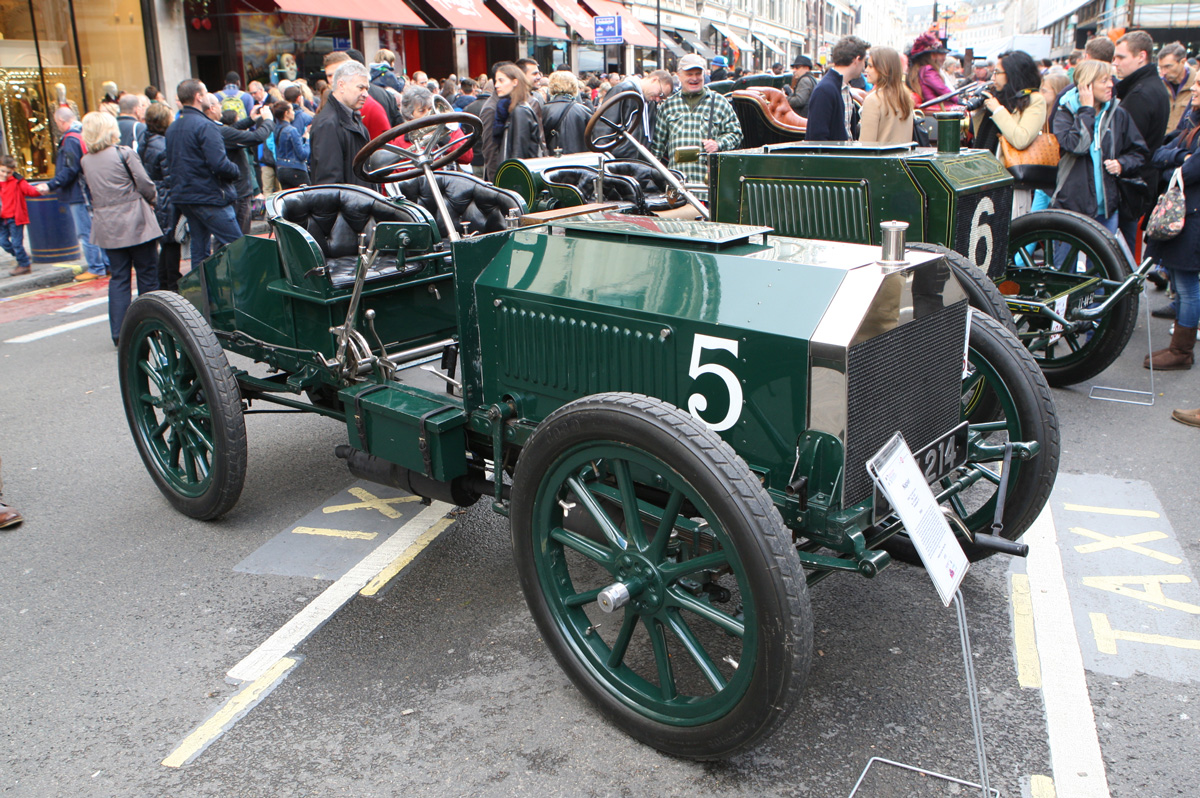
Seen on Regent Street, 2013: 1903 4-cylinder 7700cc 50 hp Napier, the oldest surviving complete British Racing car.
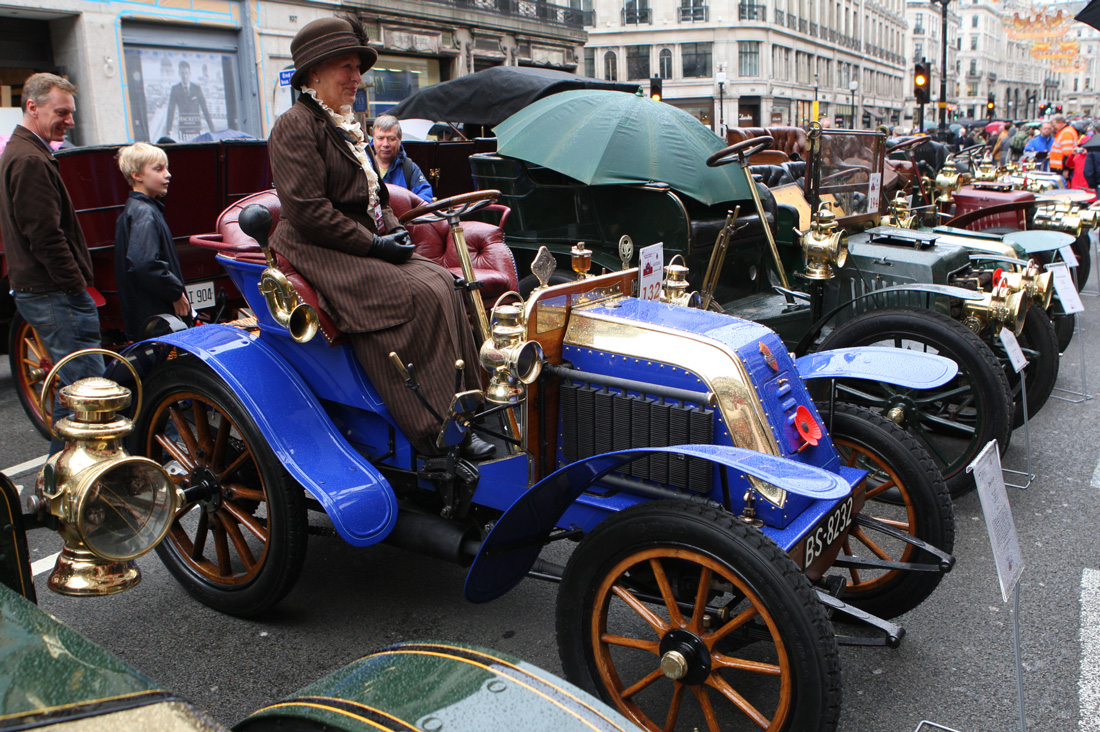
Seen on Regent Street, 2013: 1902 single-cylinder 8 hp Deckert, owned and driven by Mrs. Barbara Dedman. The Deckert company was founded in Paris in the early 1900s by Henri Deckert.
On both trips we went to the car show on Regent’s St. on Saturday, which is closed for the occasion. On my first trip, this was disappointing. Huge crowds made it hard to see the cars, and their owners were off at some fancy lunch, so weren’t available to talk. This time we got there early, maybe 9:30, and it was great. The crowds were still not bad, many owners were with their cars. I talked with one guy about his White Steamer (the front “radiator” condenses water, so he doesn’t have to refill for the whole trip), and another about the “hot tube” ignition on his engine. This was used before spark plugs came along. A platinum tube, heated by an open flame, stuck out from the compression chamber. The mixture ignited when it squeezed into the hot part of the tube. Lots of early cars also ignited when this flame lit things it shouldn’t. I asked him if he had a fire extinguisher handy. With a quick reflex, hardly moving, he laid his hand on it.
This year the spectator bus was sold out, so I went to Plan B. Instead of getting up early to watch the cars leave from Hyde Park at dawn (which is romantic and fun, I have to say), we stayed overnight in Crawley, the halfway point where the drivers have a tea break. The town of Crawley is now mostly a dreary appendage to Gatwick Airport, but the cars come up the ancient High Steet, with picturesque buildings going back to the 1200s. The central area is roped off, so all the cars are easily seen as they climb the gradual hill. A knowledgeable commentator explains what each one is, and special cars are asked to stop while the owner is interviewed. All the cars manage the hill without trouble, but the authoritative whine of the powerful Mercedes and Panhards makes it clear what power they have in reserve.
It’s an occasion with unique charm. Unlike so many top-level car events, it’s not a big-money display. Some cars are worth more than others, but most spectators won’t know the difference, and there are few million-dollar support trailers in view. It’s inevitable that cars will be rained on or mud-spattered. American style, better-than-new restorations are frowned on, and obviously inappropriate for the occasion. “Patina” is what’s most admired, which means oily parts, some rust here and there, chipped and cracked paint, and wrinkled leather. Speed and danger also aren’t a factor. If a car with marginal power can’t make a hill, spectators push or they get a tow; those who crest the hill get applause.
I love it, and dream of participating with my own car. I’d worry about the car making the trip, but I can’t think of another event where absolutely everyone, riding in a car or cheering from the roadside, shares such collective joy. In the Brighton Run, there are no losers, only winners. Including the spectators, there are thousands of them.
Below, a further selection of the 2018 London to Brighton entrants by Jonathan Sharp
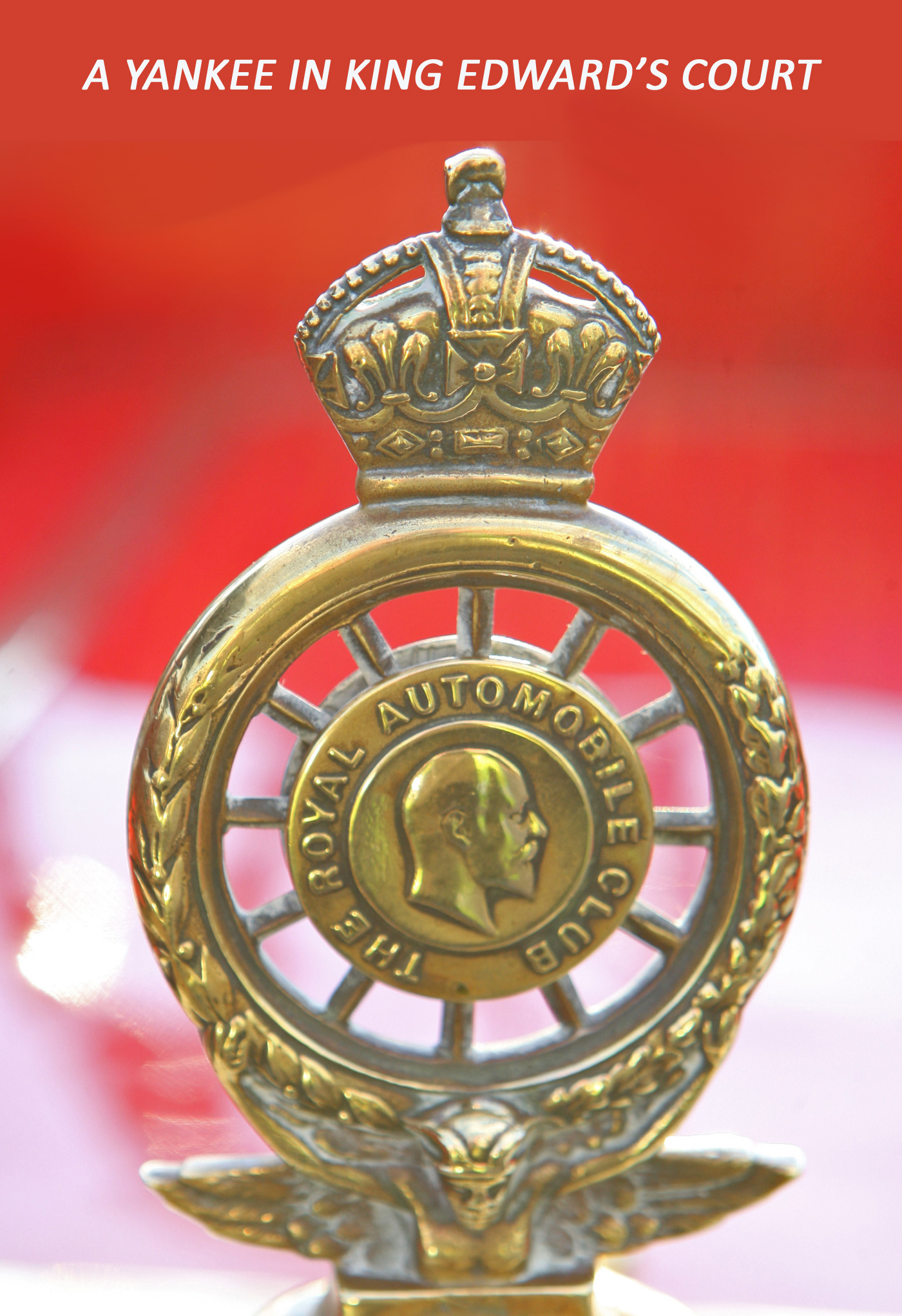
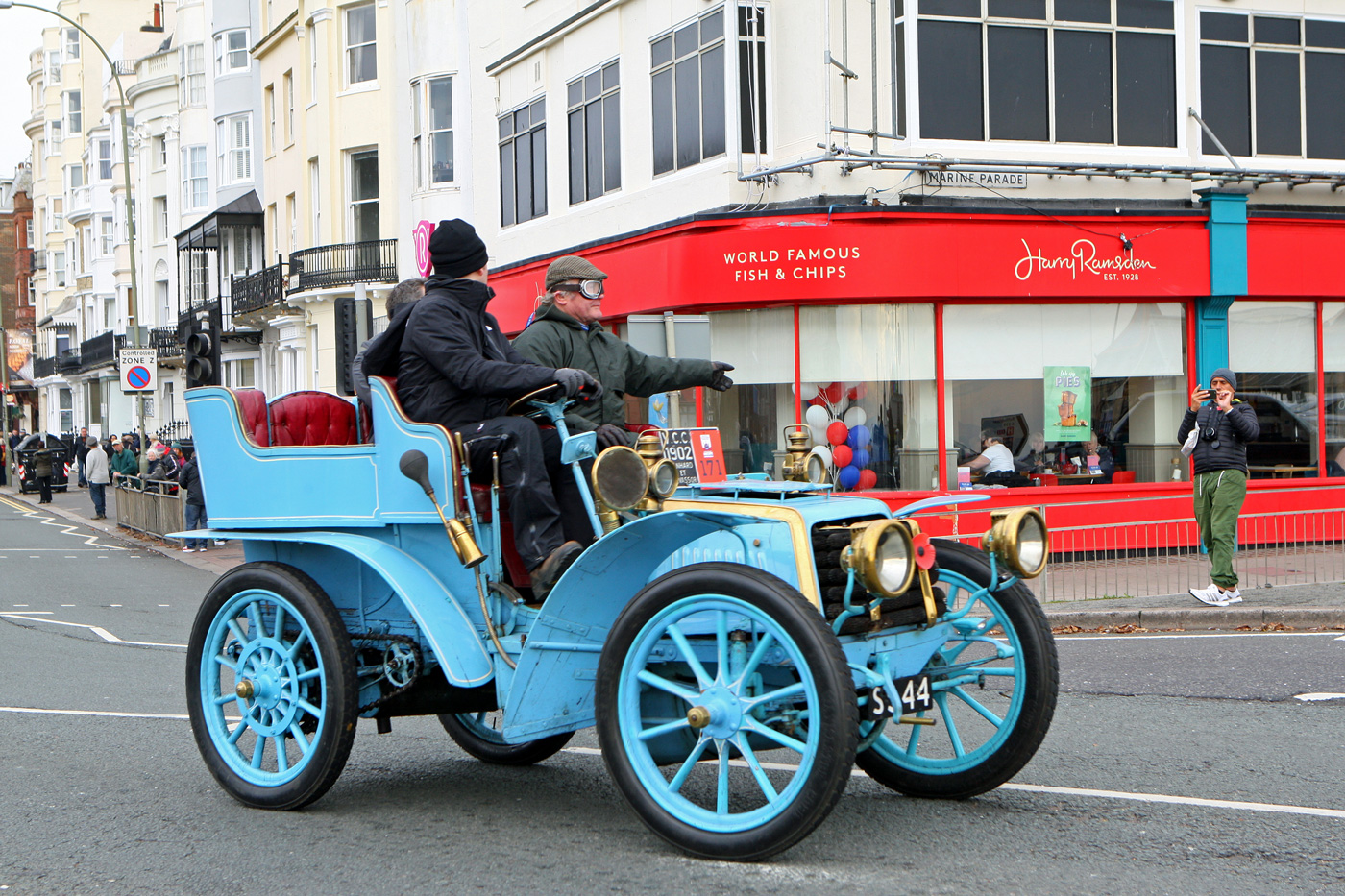
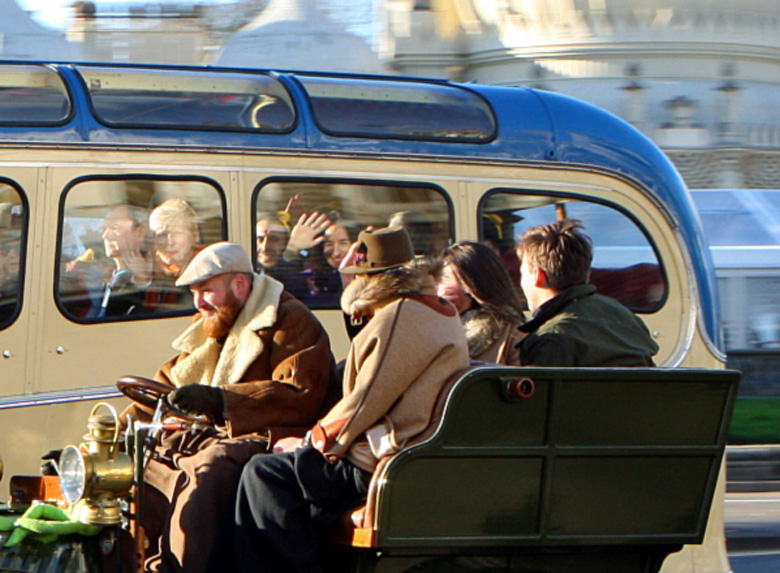
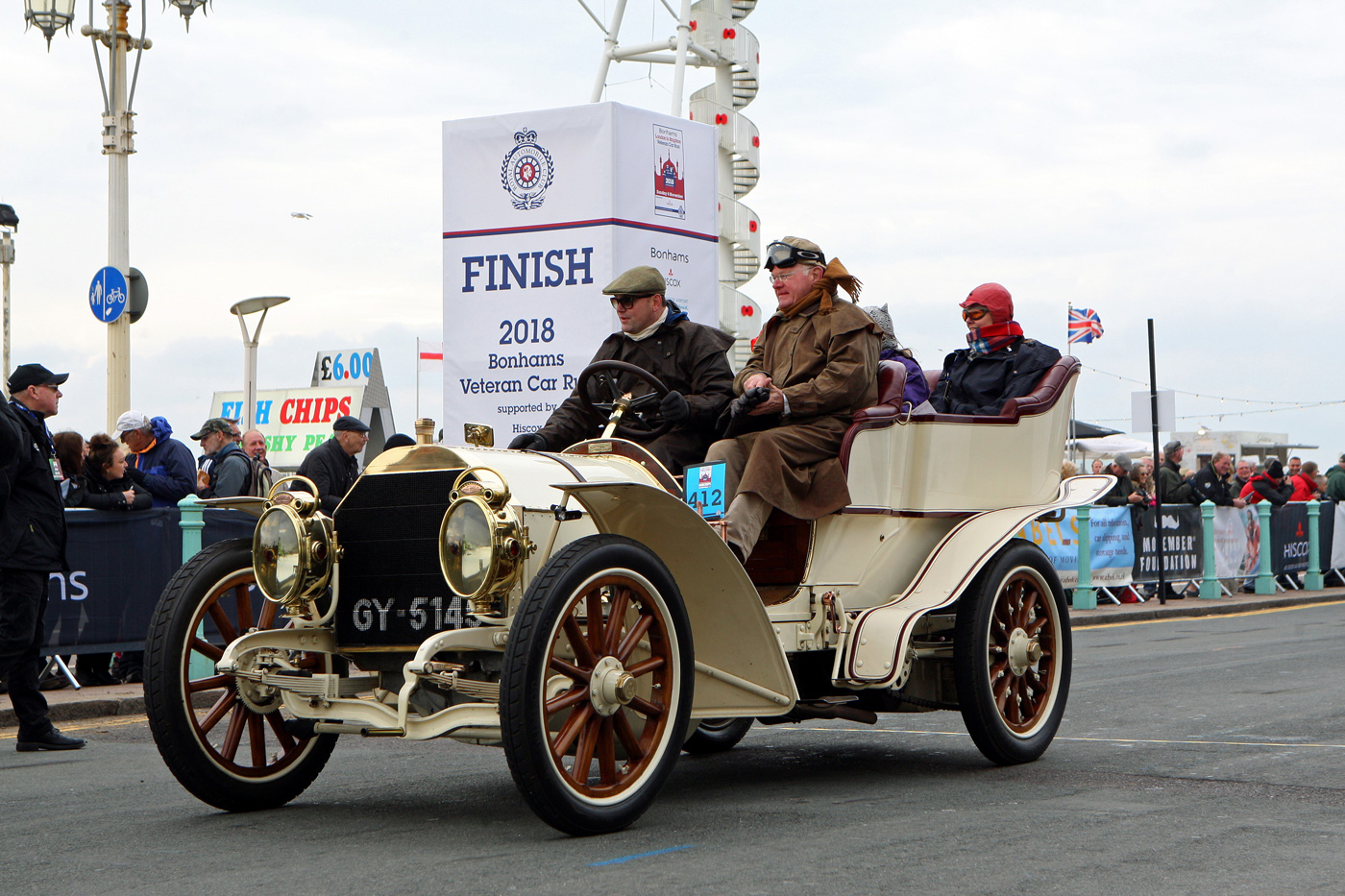
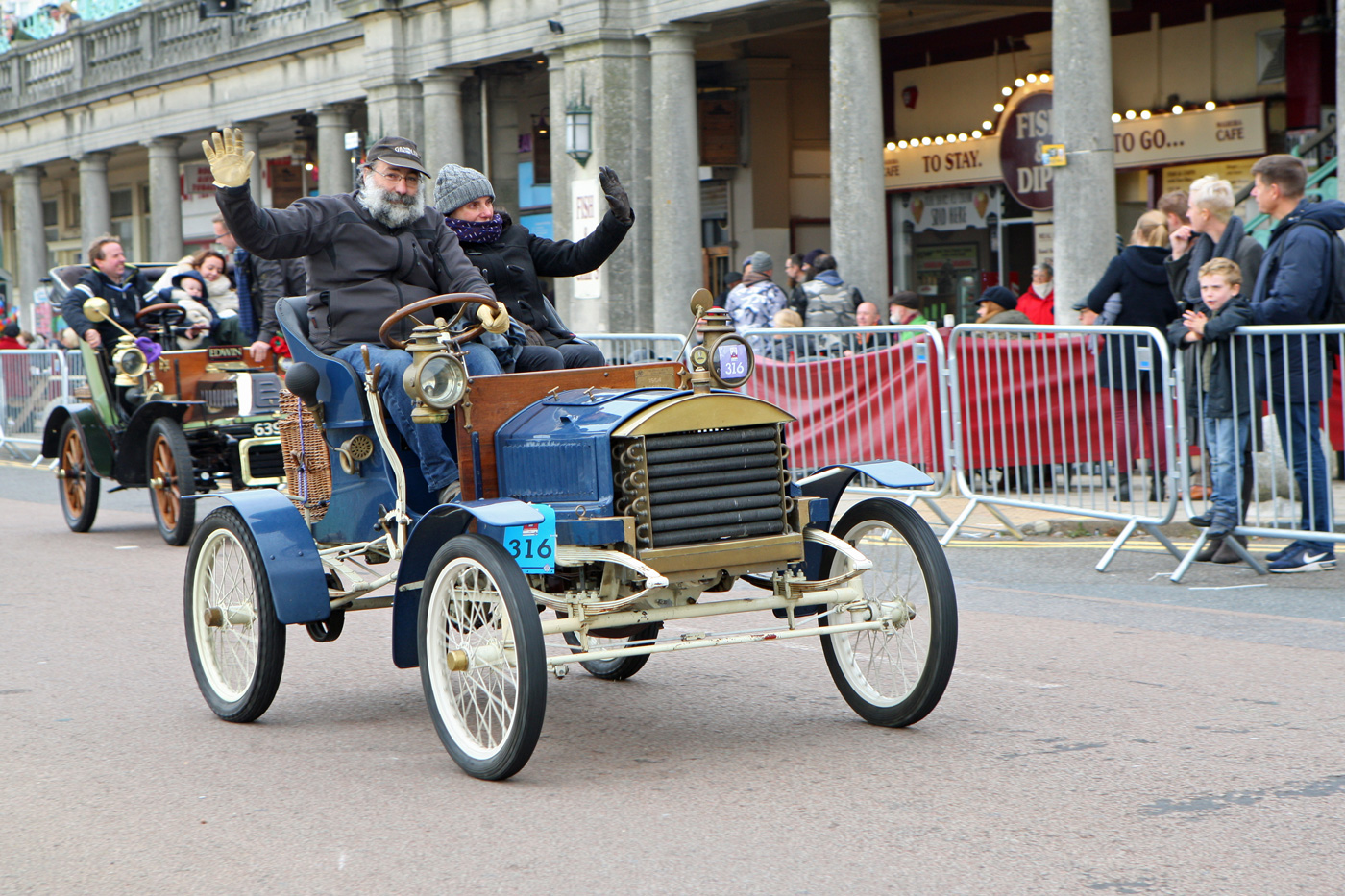
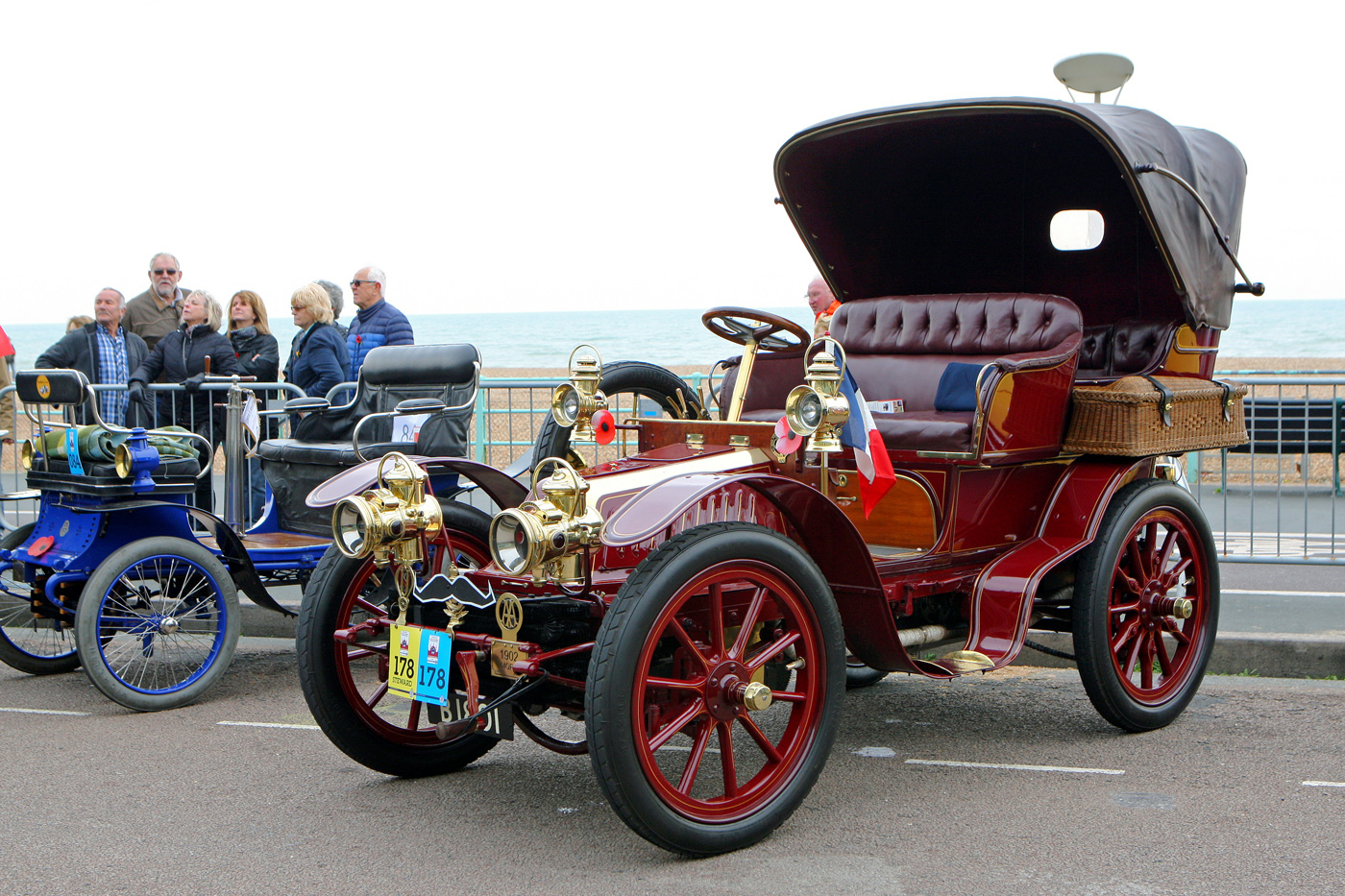
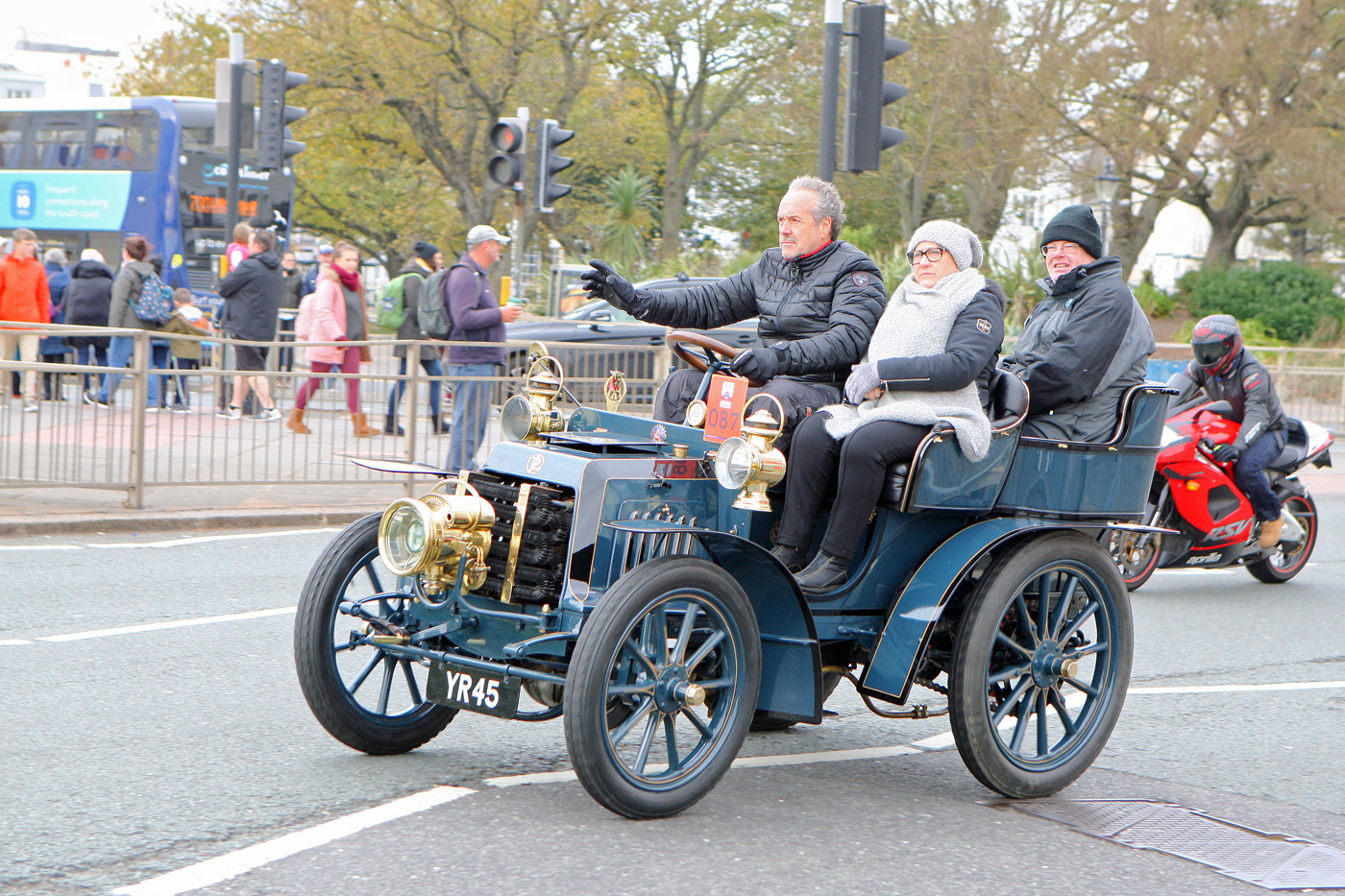
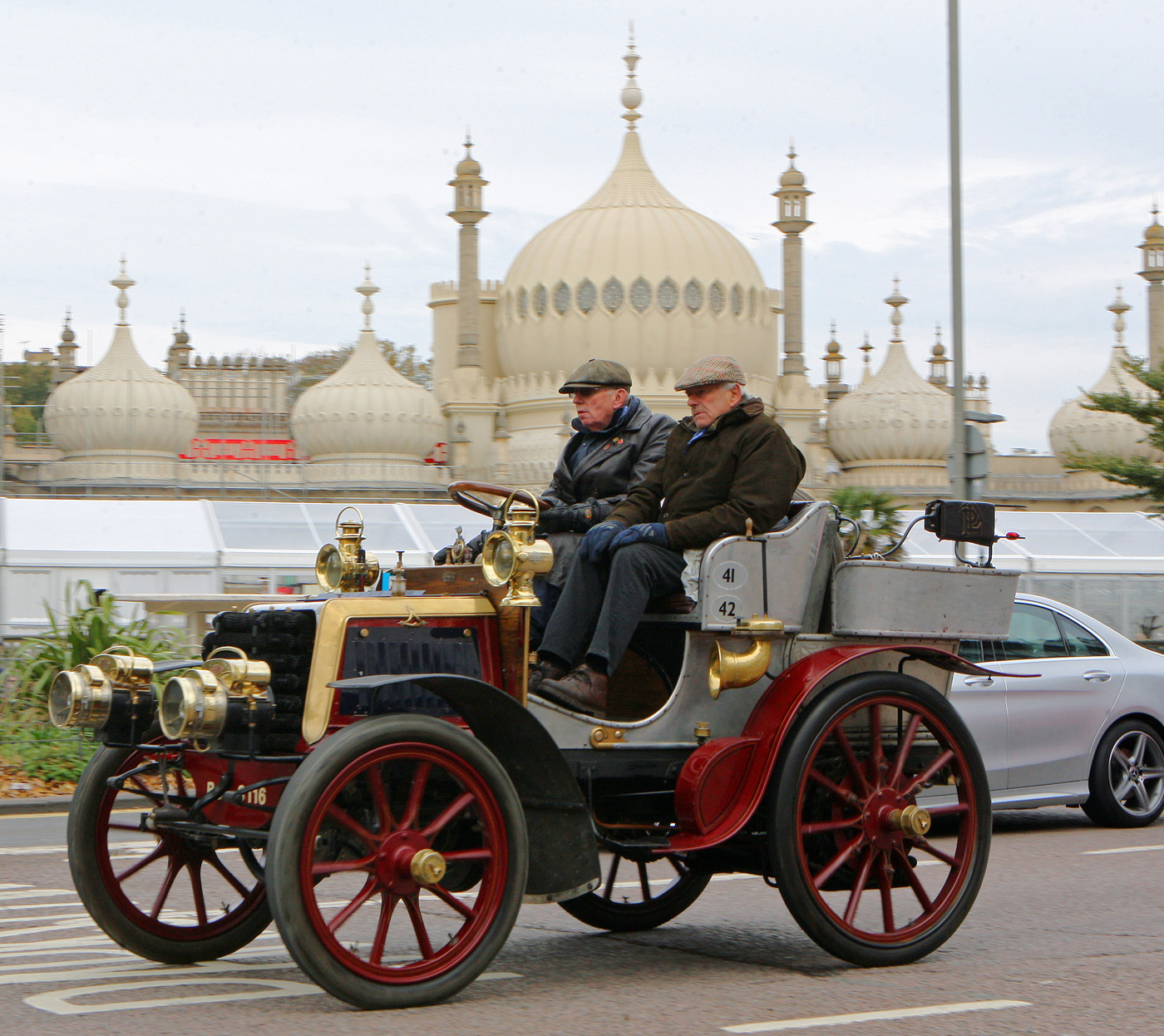
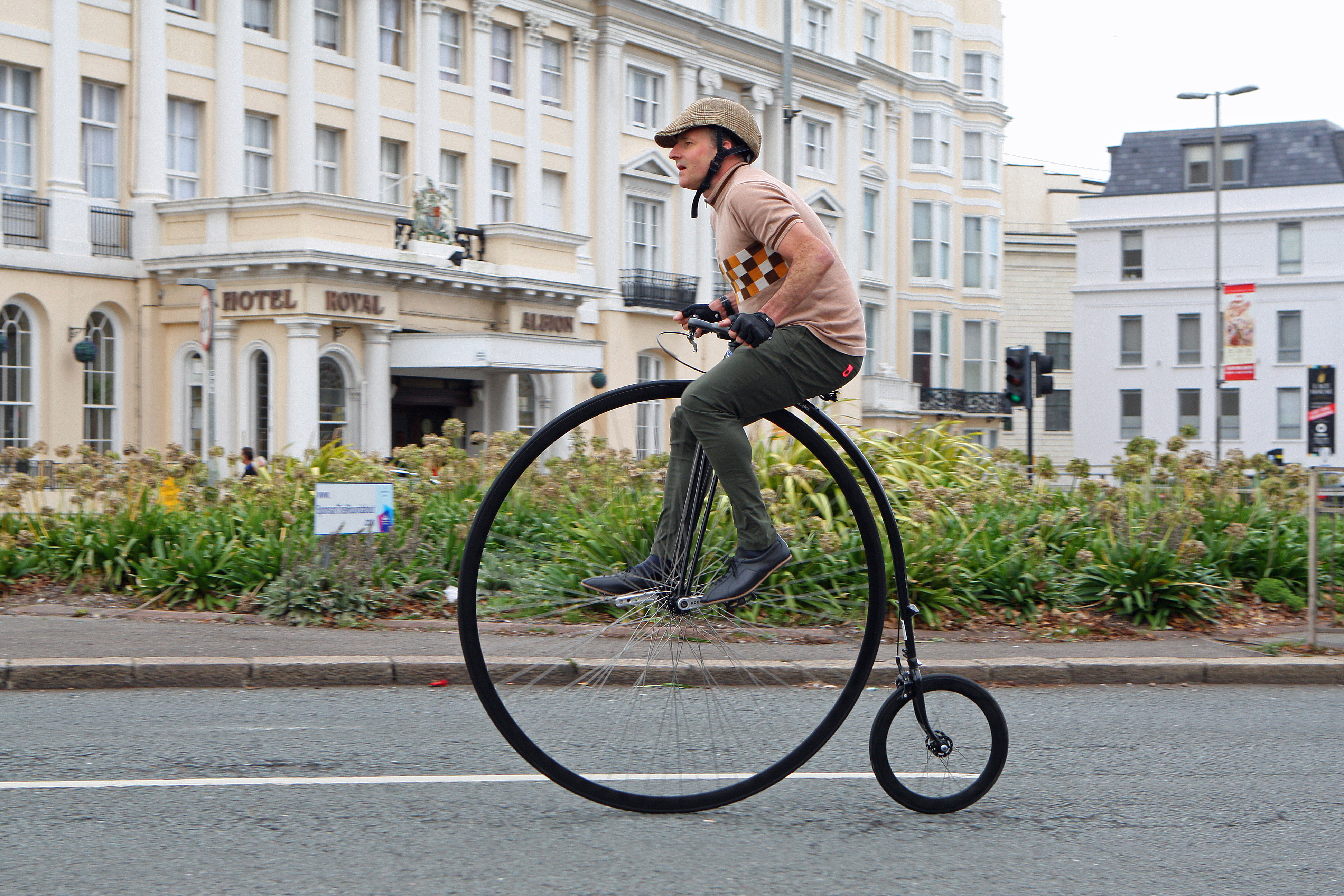
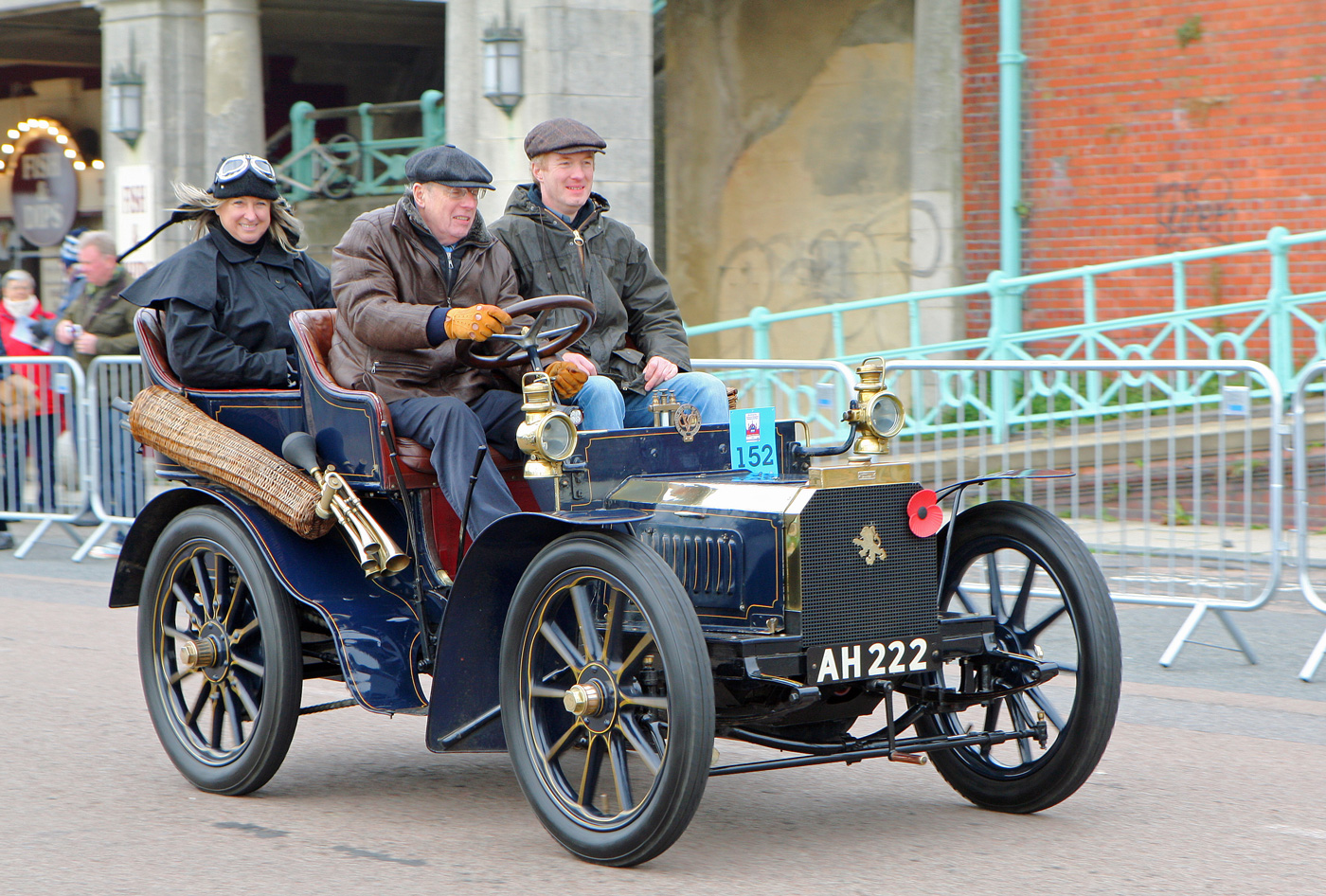
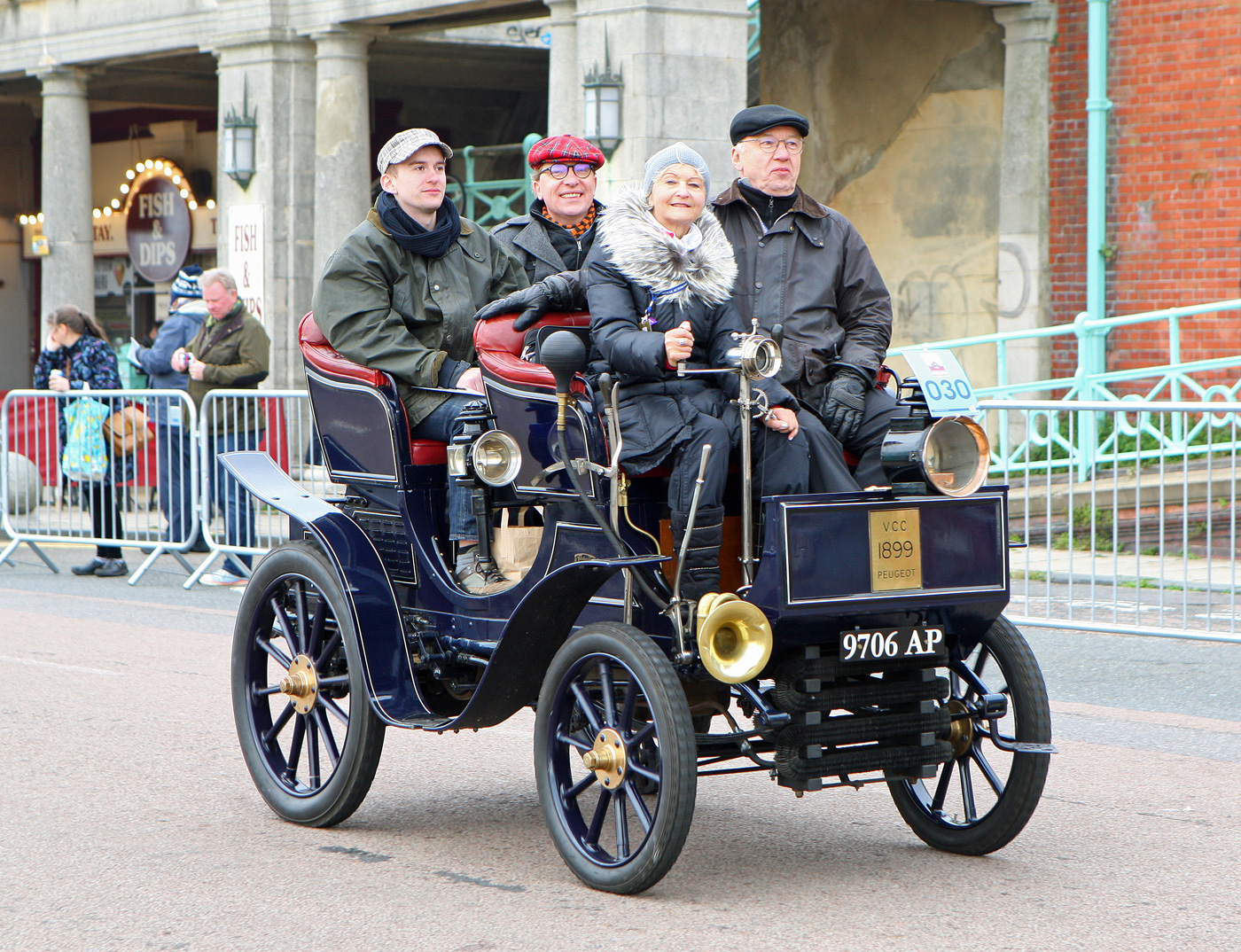
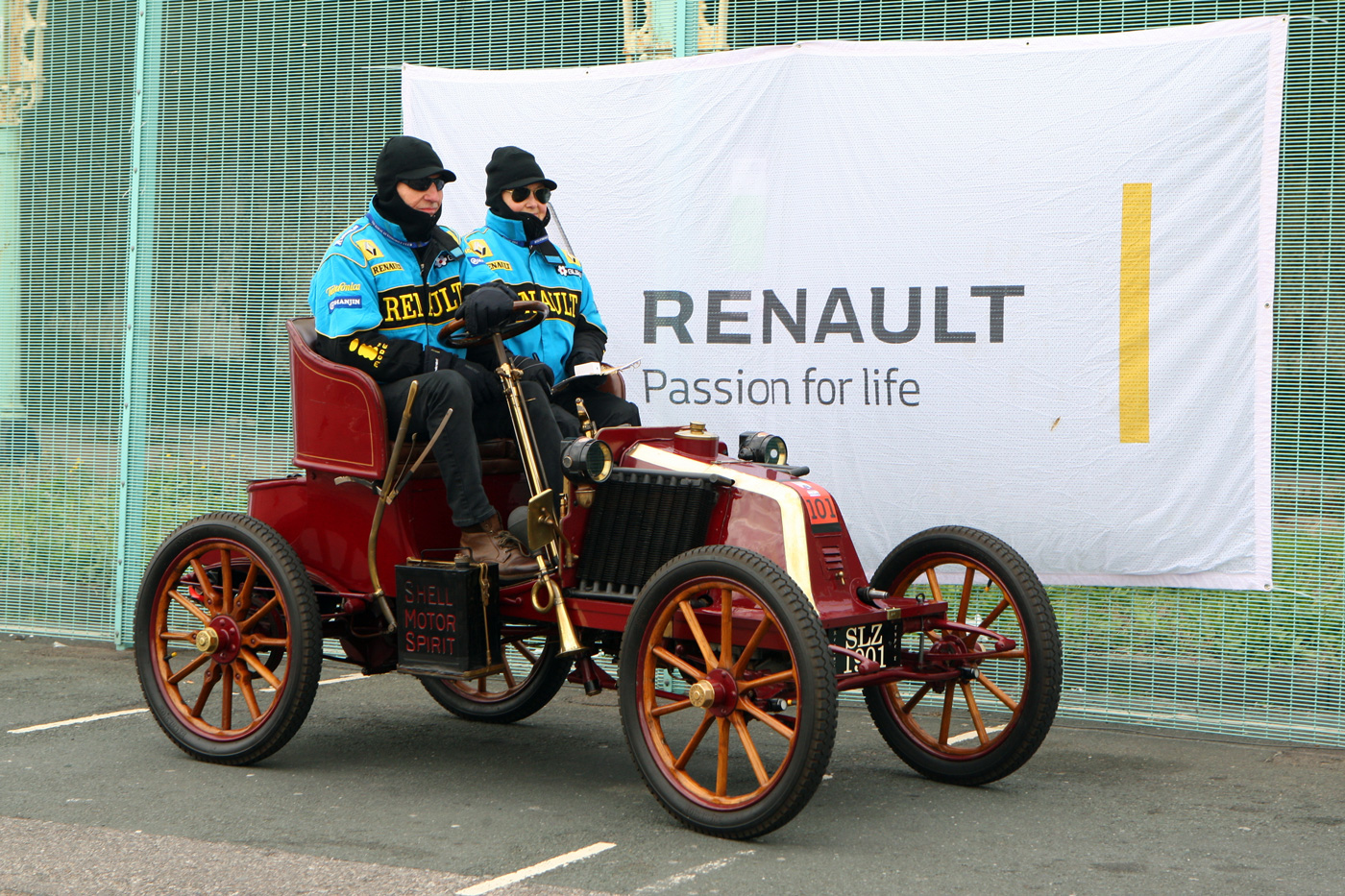
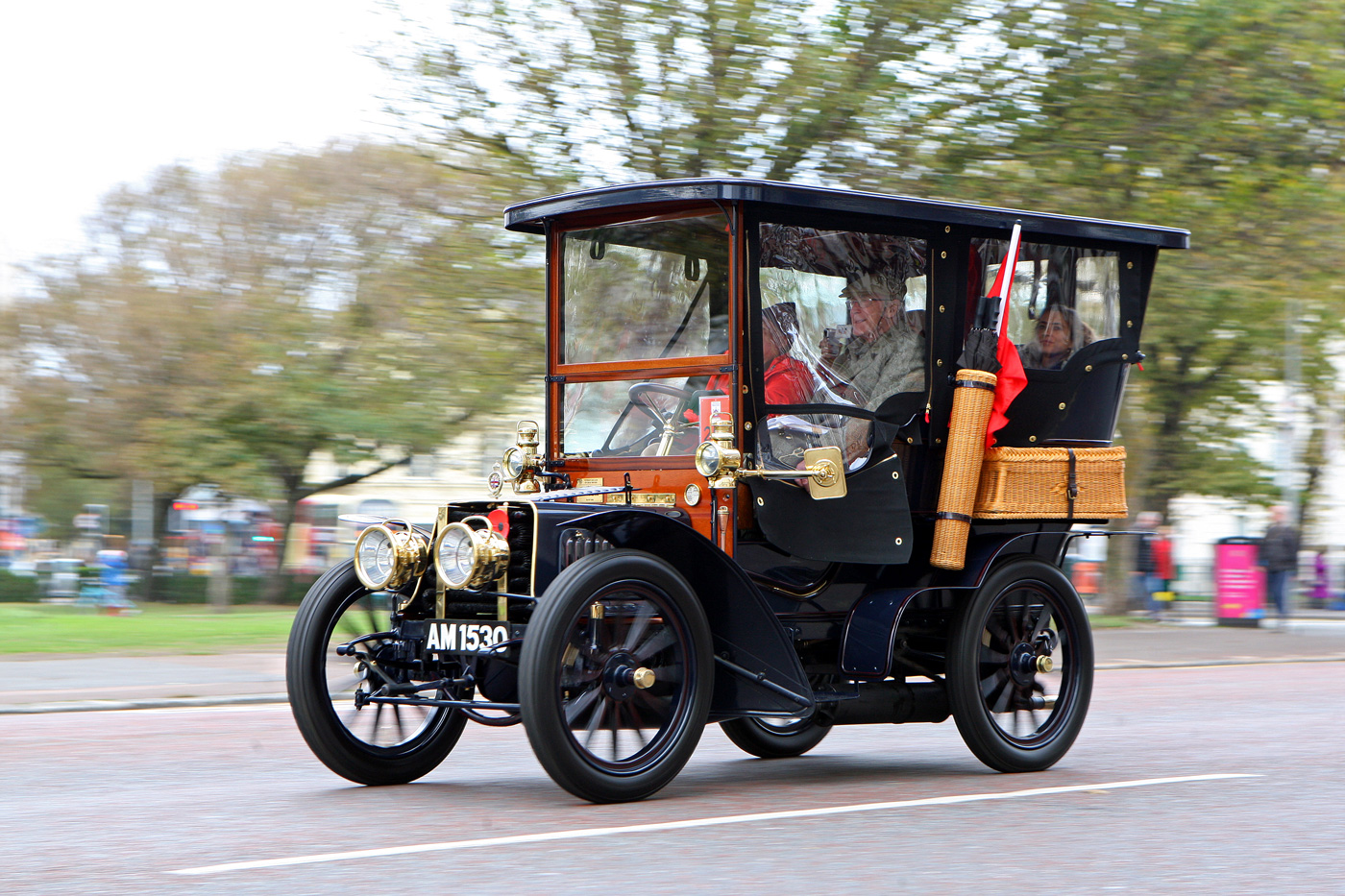
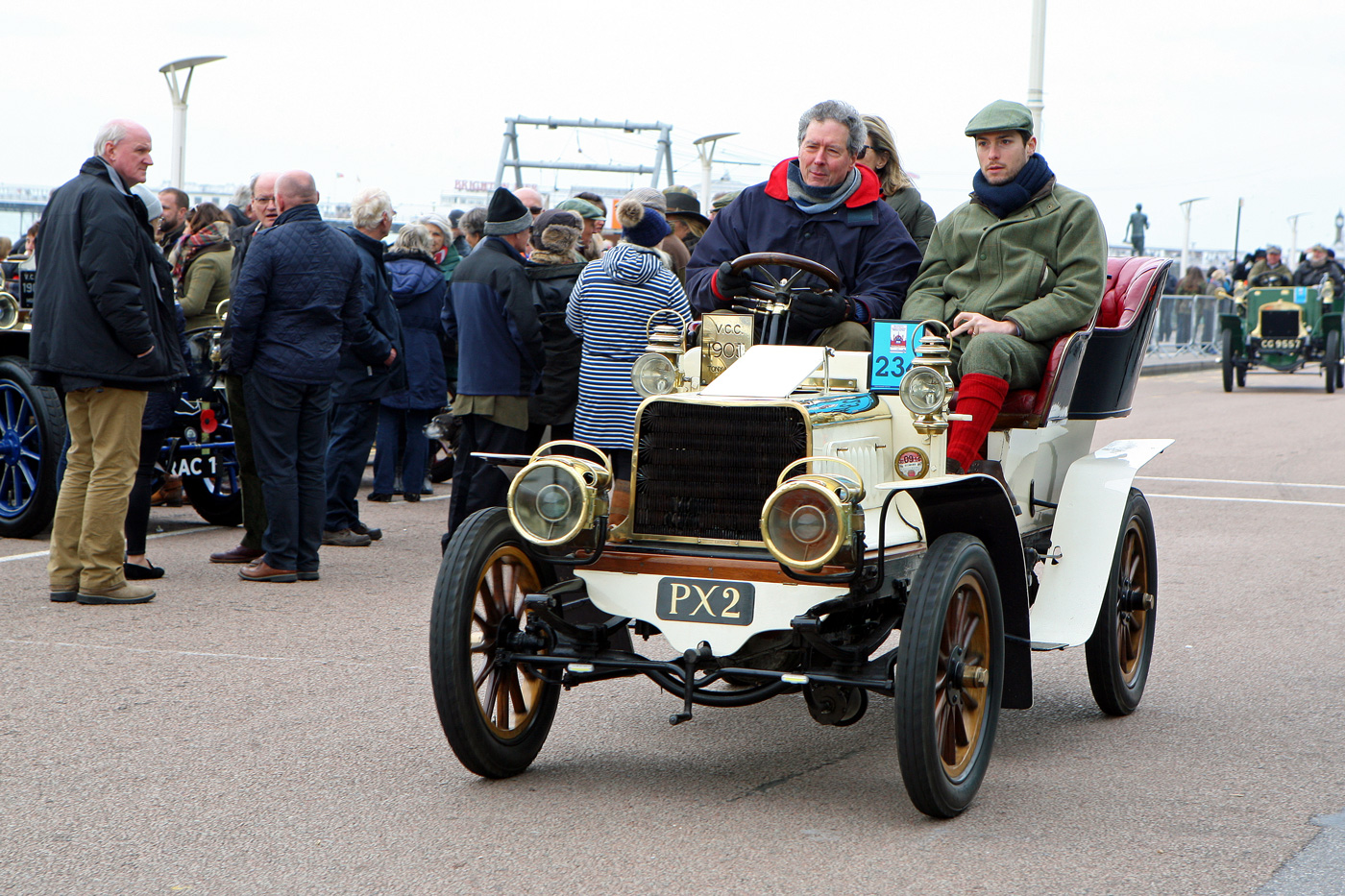
Another great story with super photos, Paul. Veloce Today is again blessed.
You’ve captured the spirit of the event admirably.
I’ve seen a majority since, at 14, I followed a steam car on my bicycle in ’57 and I’m hoping for plenty more – Deo Volante!
Well done ,Paul
Almost like being there in person.
Paul,
Great article and photos. Still can’t imagine how one gets up on a penny farthing.
Joe